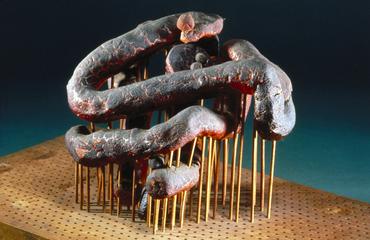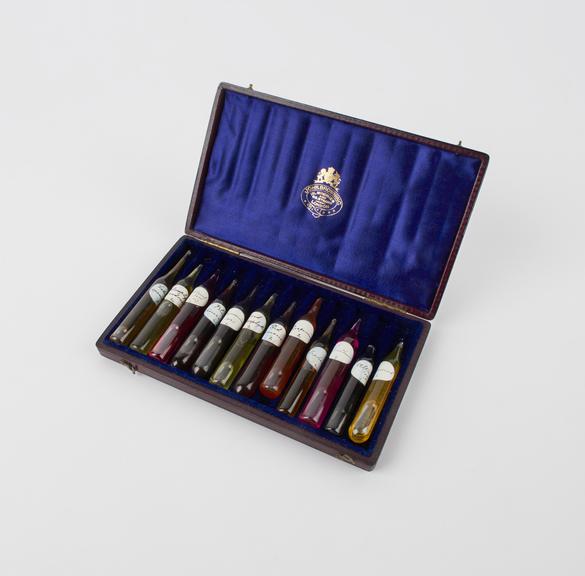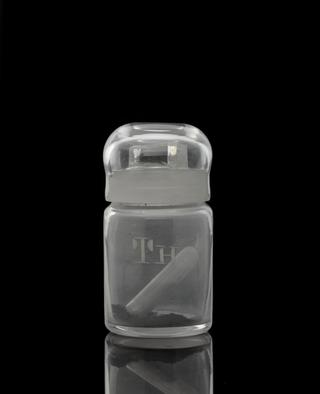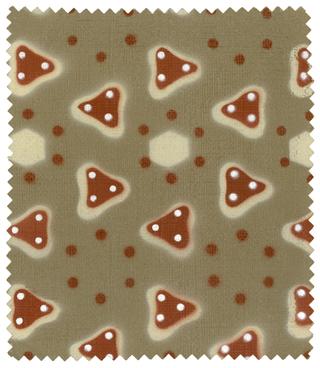
absorption tube for spectroscope
- Made:
- London
- maker:
- John Browning

Twelve absorption tubes for use with spectroscope in a leather case, by Browning, London. The twelve solutions are labelled as Lobelia speciose, chlorophyll product, alkanet root no 2, blue cineraria, hypericine No1, acid chlorophyll, red cineraria, purpurine, tradescantia, alkanet root no 1 and camwood.
Details about each of the solutions can be found below:
Lobelia speciosa – this appears to be a solution/dye made from this flower
Chlorophyll product – a chlorophyll solution
Alkanet root No 2 – a type of dye (this solution is red so it is acidic)
Blue cineraria – this appears to be a solution/dye made from this flower
Hypericine No1 – type of dye derived from St. John’s wort, possibly mixed with pyridine and methanol
Acid Chlorophyll – this appears to be a solution created by applying acid to leaves then boiling in alcohol
Red cineraria - this appears to be a solution/dye made from this flower
Purpurine – a naturally occurring dye from the roots of the madder plant, appears to be an irritant at high concentration
Tradescantia – a dye derived from spiderwort flowers
Cudbear - a dye extracted from orchil lichens that produces colours in the purple range, toxic if ingested
Alkanet root No 1 – a type of dye (this solution is blue so it is alkaline)
Camwood – a type of sandalwood, used to produce a red dye that is soluble in alkali
Details
- Category:
- Experimental Chemistry
- Collection:
- Sir Henry Wellcome's Museum Collection
- Object Number:
- 1985-385
- type:
- tube
- credit:
- Wellcome Trust




